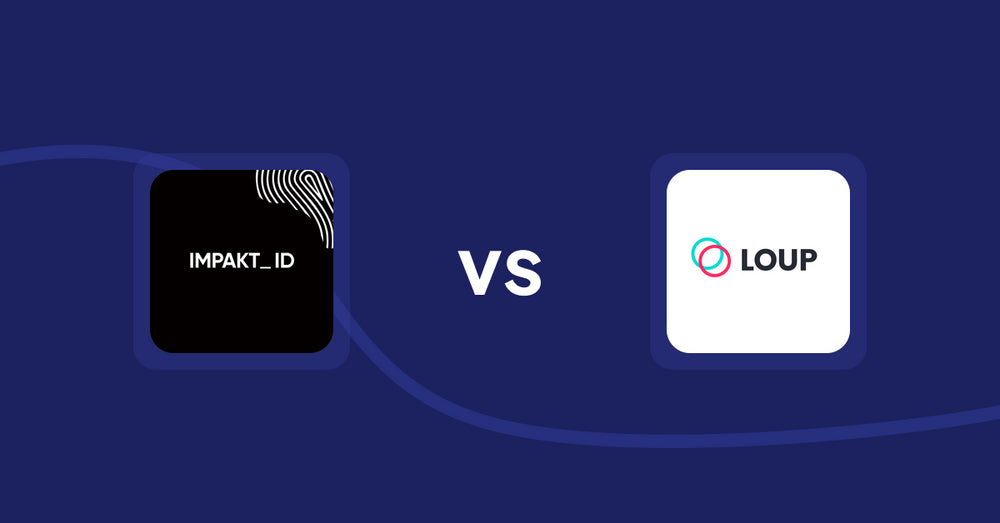Shopify Product Display Apps: Xeon ‑ Hide Sold Out vs Cost Per Item

Table of Contents
- Introduction
- How Does Xeon ‑ Hide Sold Out Work?
- How Does Cost Per Item Work?
- How Much Does Xeon ‑ Hide Sold Out Cost?
- How Much Does Cost Per Item Cost?
- Cost Analysis: Xeon ‑ Hide Sold Out vs. Cost Per Item
- User Reviews & Customer Support Insights
- Integration and Compatibility Comparison
- Conclusion
Introduction
Effective product display is crucial in e-commerce, as studies show that nearly 70% of online shoppers abandon their carts without completing a purchase, often due to a poor shopping experience involving sold-out items or unclear pricing. Product display apps play a pivotal role in enhancing user experience by managing online inventory more efficiently, thereby potentially boosting sales and customer satisfaction.In this article, we will compare two prominent Shopify applications: Xeon ‑ Hide Sold Out and Cost Per Item. Both applications aim to optimize product display, offering unique features and capabilities designed to enhance the overall shopping experience. While each has distinct functionalities that cater to different business needs, this post will showcase why Xeon ‑ Hide Sold Out stands out as a superior solution.
How Does Xeon ‑ Hide Sold Out Work?
Xeon ‑ Hide Sold Out is a comprehensive solution designed to automate the management of sold-out products in your store. The app offers several features that ensure your offerings remain relevant and enticing to customers, creating a seamless shopping experience.One of the primary functionalities of Xeon is its ability to automatically hide sold-out products from view, thus preventing potential buyers from encountering items they cannot purchase. When products become available again, they can be published automatically; this ensures that your online store remains fresh and engaging.
Moreover, Xeon allows you to manage up to 100,000 products, making it an ideal choice for businesses of all sizes. Here are some primary features:
-
Automated Hiding and Publishing: The app automates the process of hiding sold-out items and restoring them when they are back in stock, ensuring a clutter-free shopping experience.
-
Schedule Hiding: You can set specific time frames for hiding products, giving you control over your inventory's visibility based on your operational needs.
-
Email Alerts: This feature keeps you and your team informed about the status of products in your store, allowing for informed decision making.
For businesses ranging from startups to large enterprises, these features yield significant benefits. Startups can manage their limited inventory efficiently, while larger businesses can handle extensive product ranges without overwhelming customers. For example, a medium-sized retailer can utilize the scheduling feature to hide seasonal items that are temporarily out of stock, preserving a straightforward browsing experience for their customers.
Let’s consider a hypothetical scenario: A company selling winter apparel finds that several items have gone out of stock. By using Xeon, they can hide these products automatically, enabling customers to explore only the available selections. Upon restocking, those items can be published back online effortlessly.
How Does Cost Per Item Work?
Cost Per Item offers a different approach to product display by centering around cost transparency and margin clarity. The application displays the cost and margin of products, allowing customers to understand pricing and profitability better. Here's a summary of its features:-
Cost Visibility: Empowers stores to show product cost per item while detailing profit margins, which can enhance customer trust.
-
Variant Pricing: The app allows you to showcase cost and margin based on different product variants, catering to a wider audience.
Though these features can be beneficial, they might limit the effectiveness of product display when compared to Xeon ‑ Hide Sold Out. Startups and small to medium-sized businesses may find value in showcasing cost transparency; however, larger enterprises with extensive catalogs may not gain as much from just cost visibility.
While the ease of customization is a plus, it lacks the broader appeal and functionality of Xeon, which can manage sold-out items effectively.
How Much Does Xeon ‑ Hide Sold Out Cost?
When considering product display solutions, cost-effectiveness is paramount. Xeon ‑ Hide Sold Out offers tiered pricing aimed at different types of businesses. Here’s a breakdown of each tier:-
Free Plan:
- Price: Free
- Features: Manage up to 5,000 products with manual hiding and publishing options.
- Limitations: Basic features with manual operations limit automation.
- Target Audience: Ideal for startups and small enterprises testing the market.
- Additional Costs: None.
-
Basic Plan ($3.99/month):
- Price: $3.99
- Features: Manage up to 10,000 products, automate hiding and publishing.
- Limitations: Standard functionality with limited product management.
- Target Audience: Small to medium businesses looking for more automation.
- Additional Costs: None.
-
Pro Plan ($8.99/month):
- Price: $8.99
- Features: Control over up to 50,000 products with all features, preserving sales opportunities.
- Limitations: Best suited for mid-sized enterprises.
- Target Audience: Growing businesses requiring extensive product support.
- Additional Costs: None.
-
Advance Plan ($13.99/month):
- Price: $13.99
- Features: Control over up to 100,000 products with full automation.
- Limitations: High for small startups.
- Target Audience: Large enterprises requiring thorough inventory management.
- Additional Costs: None.
It is important to note that you can always reach out to our team and we can create a custom pricing plan to suit your needs and your budget. Schedule a call via this link and we’ll come up with the best solution for you and your business.
How Much Does Cost Per Item Cost?
Cost Per Item provides a straightforward pricing structure that is also value-driven. Here’s a closer look:-
Premium Plan ($1.99/month):
- Price: $1.99
- Features: Unlimited product management with cost and margin visibility.
- Limitations: Limited to basic tracking features with no automation for displaying sold-out items.
- Target Audience: New businesses aiming for transparency in pricing.
- Additional Costs: None.
While the low cost is appealing, the functionality may not support medium or large businesses effectively when dealing with vast inventories. The app's features primarily assist startups seeking basic price clarification but lack the robust options that Xeon offers.
Cost Analysis: Xeon ‑ Hide Sold Out vs. Cost Per Item
In comparing the pricing structures of both apps, Xeon ‑ Hide Sold Out delivers better value at higher tiers. Cost Per Item seems affordable, but its limited capabilities restrict businesses from maximizing opportunities in managing product visibility effectively.Xeon offers scalable options that can sustain growth as a business expands its product range, making it more cost-efficient for varying operational scales.
Moreover, as the industry continuously evolves, so do the customer needs. Apps frequently launch promotional offers and free trials, which can influence their adoption. Xeon's extensive feature set combined with its automated processes likely offers a better long-term investment for businesses aiming to enhance product display.
User Reviews & Customer Support Insights
Is Xeon ‑ Hide Sold Out good?
Xeon ‑ Hide Sold Out has garnered a perfect rating of 5 stars from 64 reviews, indicating robust user satisfaction. Customers praise its intuitive functionality and the seamless automation of hiding sold-out products, contributing to a more efficient online shopping environment.Is Cost Per Item good?
With a perfect rating of 5 stars from just one review, Cost Per Item seems positively received, but it lacks a substantial review base for thorough analysis. Users appreciate its clear visibility of cost and margin but might desire more robust features for managing product visibility in a large inventory.Customer support is vital. Excellent support can enhance user experience, and while information about customer support specifics for Cost Per Item is sparse, a lack of established feedback might hint at a need for improvement.
User Preference: Xeon ‑ Hide Sold Out or Cost Per Item?
When examining user ratings, Xeon ‑ Hide Sold Out clearly outshines Cost Per Item. The higher volume of reviews expresses confidence in Xeon's capabilities—highlighting its effectiveness in the product display space. The broad range of features provided by Xeon leads to enhanced user engagement and seamless management, presenting it as the more favorable choice.Integration and Compatibility Comparison
Xeon ‑ Hide Sold Out Integrations
Xeon can integrate with various platforms, including email notifications, enhancing the app's functionality and reach. Such integrations ensure effective communication about product availability, contributing to a smoother customer journey.Cost Per Item Integrations:
Cost Per Item does not list any integrations, which could limit its comprehensive usability with other tools that enhance product management and visibility. The absence of broader integrations complicates the app’s ability to work seamlessly with other e-commerce systems.Conclusion
Both Xeon ‑ Hide Sold Out and Cost Per Item provide valuable solutions in the realm of product display. However, Xeon clearly leads the way with its user-friendly design, extensive feature set, and advanced automation capabilities. Its excellent user ratings reflect its effectiveness in maintaining product relevancy and boosting sales opportunities.While Cost Per Item offers a straightforward approach to pricing clarity, it seems inadequate in terms of product management at scale. For many businesses, the automation features and flexibility that Xeon offers make it the superior choice for enhancing customer engagement and maximizing the potential of e-commerce operations.
Still Searching for the Perfect Customization Solution?
Stop searching and start thriving with Accentuate Custom Fields! This powerful metafield management app supercharges Shopify’s native features, giving you the tools to create a truly personalized customer experience.
Why Choose Accentuate Custom Fields?
- Advanced Customization: Unlimited field definitions, logical grouping, and custom layouts make your store one-of-a-kind.
- Enhanced Editor Experience: Effortlessly edit variant metafields, use advanced HTML and markdown editors, and sync field definitions between stores.
- Flexible Management: Import/export capabilities, automatic tagging, and comprehensive support for Metaobjects and versioning.
- 24/7 Support: If you have any questions or need assistance, our team is available around the clock to help with any custom modifications to suit your store.
Join over 12,000 merchants, including top Shopify Plus stores, who trust Accentuate for their customization needs. With a stellar 4.9-star rating, Accentuate is the go-to tool for advanced CMS needs, offering unmatched flexibility and control over your store’s content. Elevate your Shopify store with high-quality content that boosts customer experiences and conversions. Tell your story, showcase your products, and create an engaging customer journey with ease.
Experience the Accentuate difference and watch your Shopify store thrive!
Accentuate vs Competition
Explore how Accentuate Custom Fields stands out. Whether you’re aiming to customise your storefront, streamline operations or improve content management, see how we compare against the competition
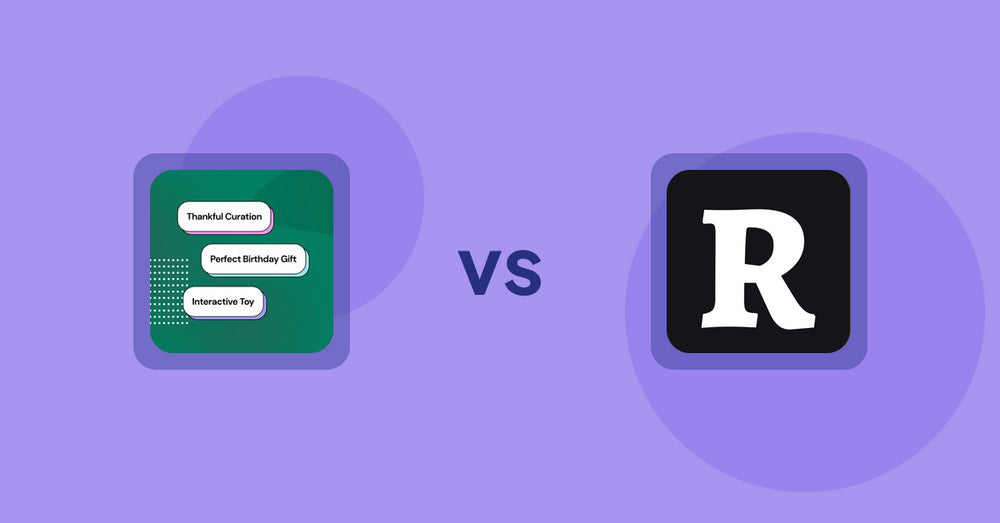
Shopify Product Display Apps: FeatureFrame ‑ Pretty Product vs. AI SEO: Top Product Features
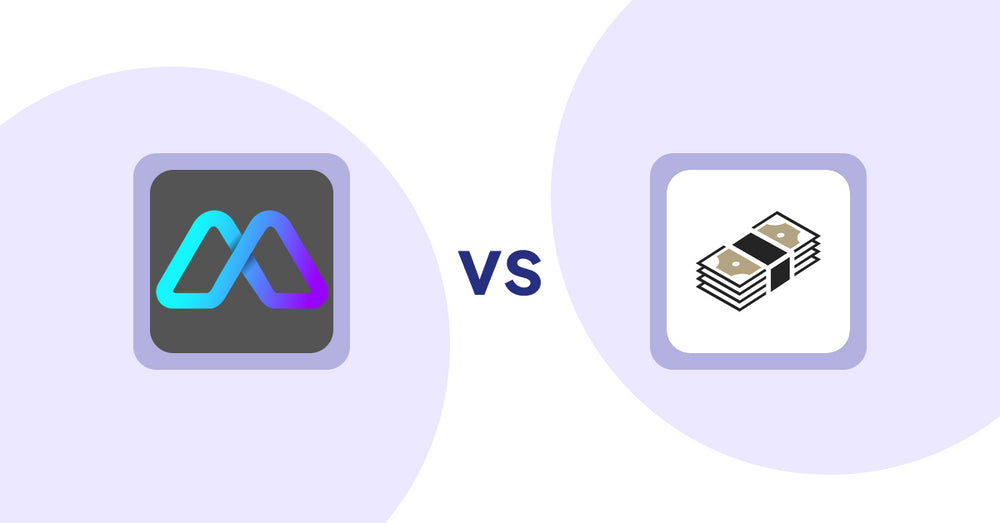
Shopify Product Display Apps: Metadrob: Create Virtual Store vs シンプルクラウドファンディング|お手軽自社クラファン
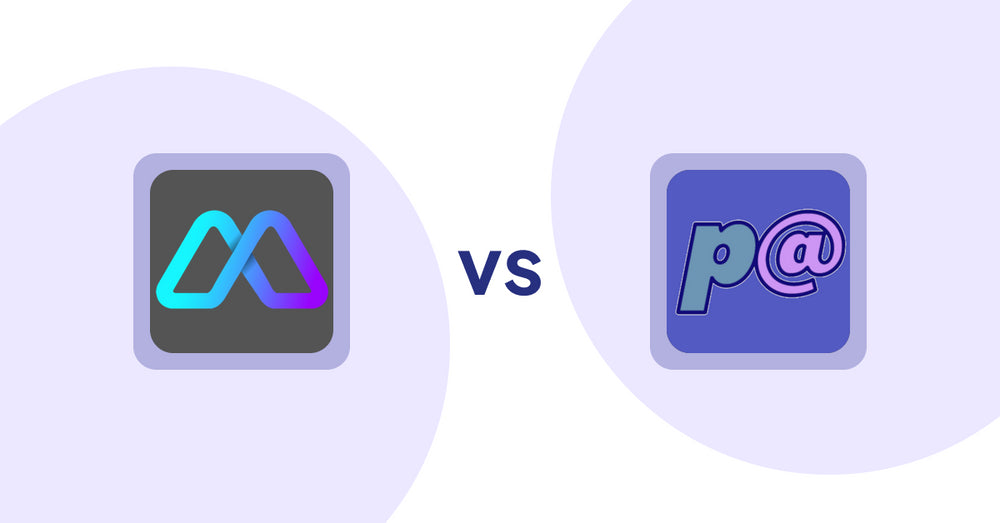
Shopify Product Display Apps: Metadrob: Create Virtual Store vs Parameterizer
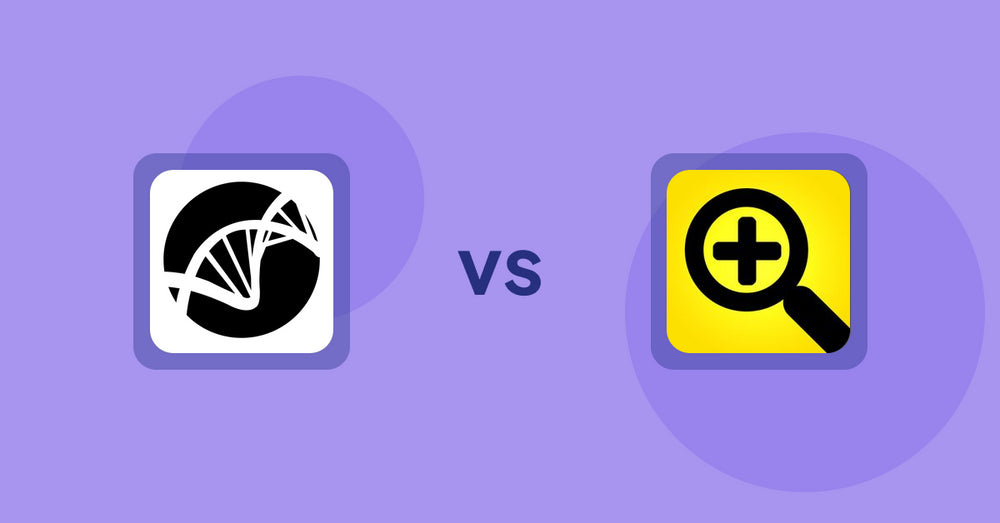
Shopify Product Display Apps: Bike Matrix vs. Fast View: Fastest Quick View
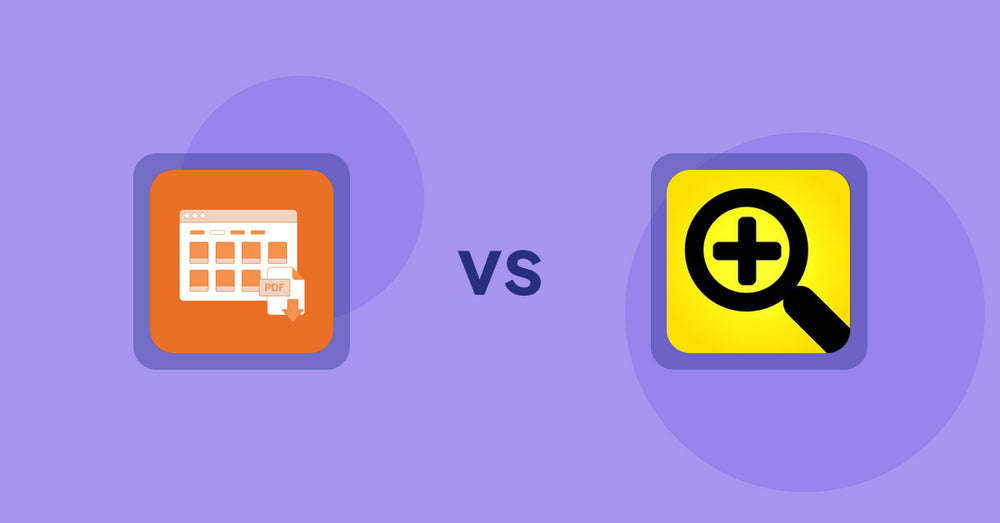
Shopify Product Display Apps: Meetanshi PDF Product Catalog vs Fast View: Fastest Quick View
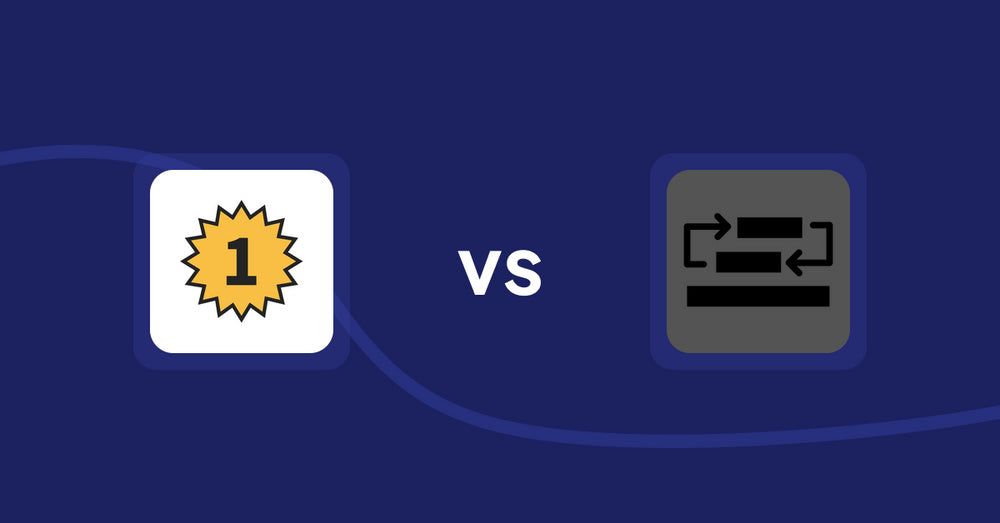
Shopify Product Display Apps: UR: Smart Ranking vs Sortyfi Collection Merchandise
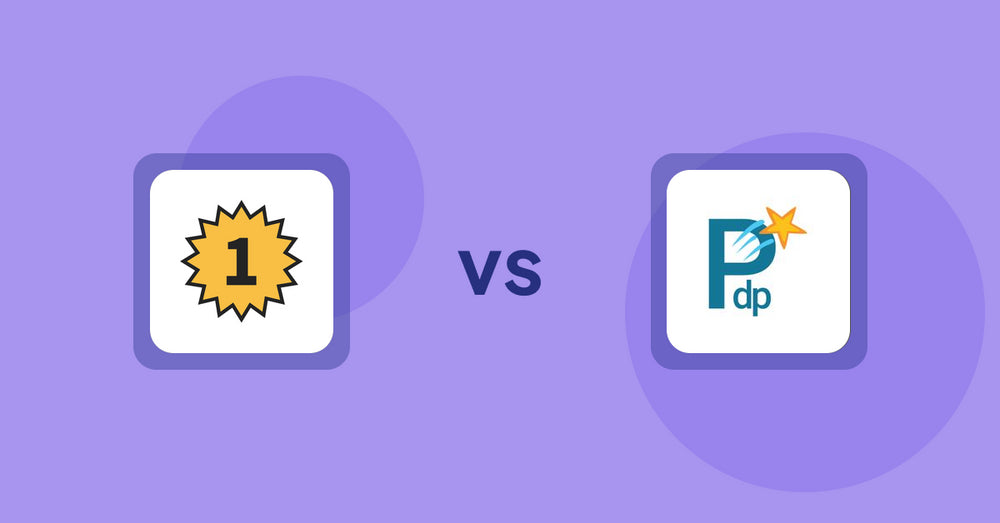
Shopify Product Display Apps: UR: Smart Ranking vs PDP Star
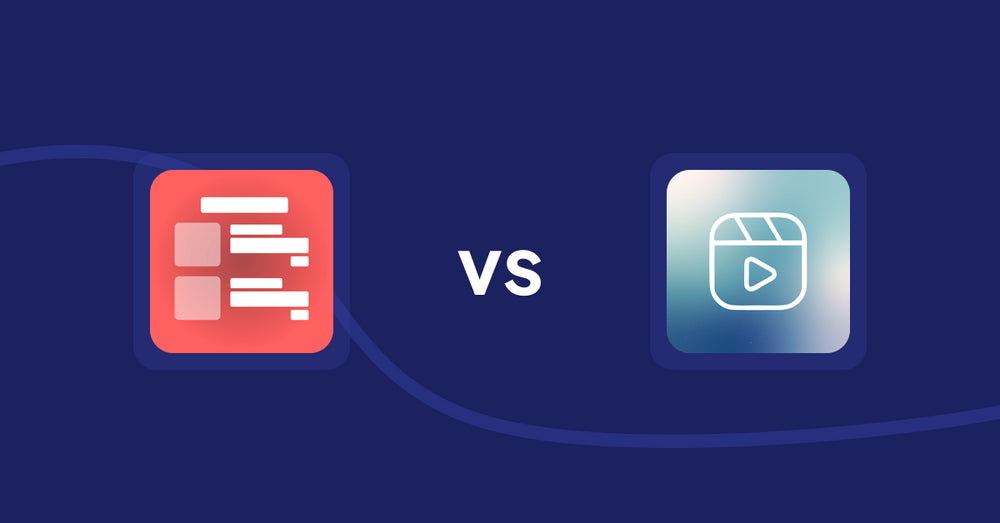
Shopify Product Display Apps: Menulog vs Reelify ‑ Shoppable Reel Video
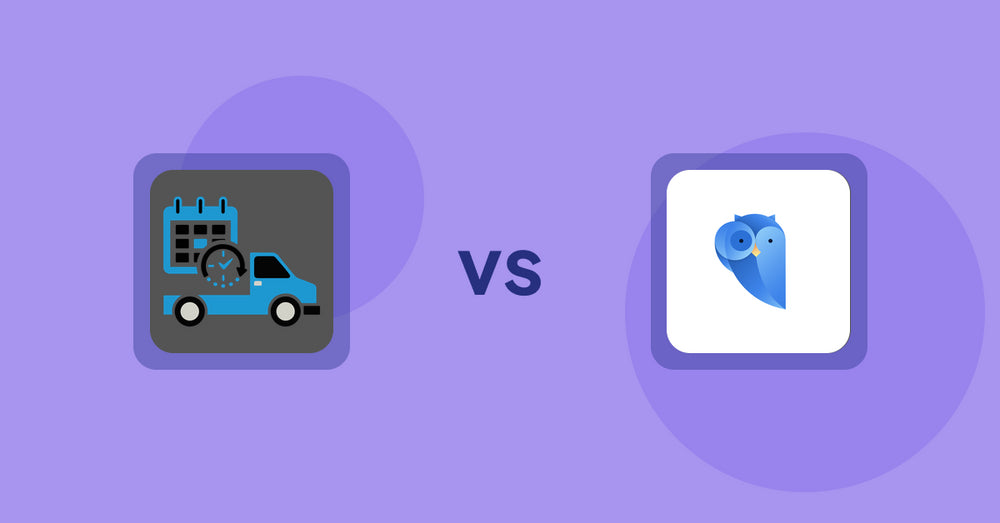
Shopify Product Display Apps: H3 Estimated Delivery vs Findify Search & Merchandise
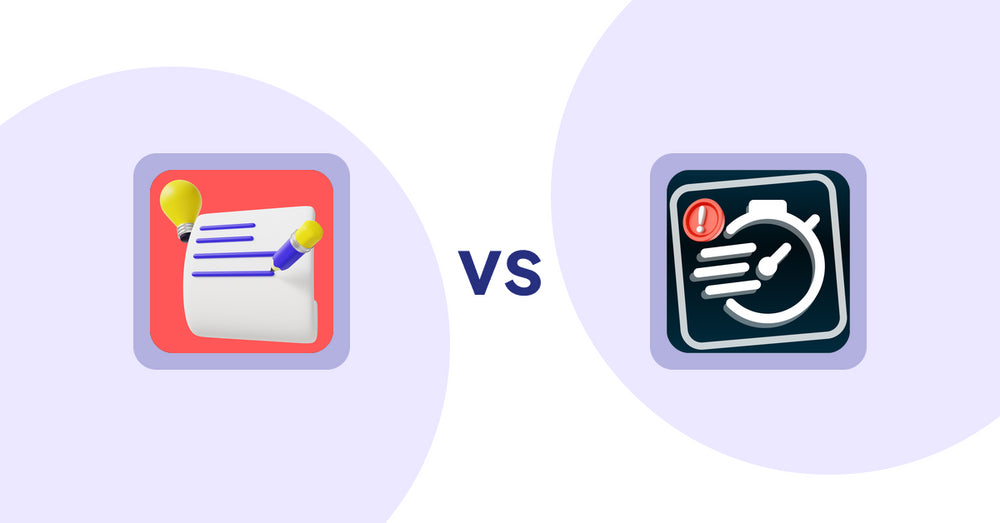
Shopify Product Display Apps: Wordo ‑ ChatGPT AI Description vs Urgency! Low Stock Counter
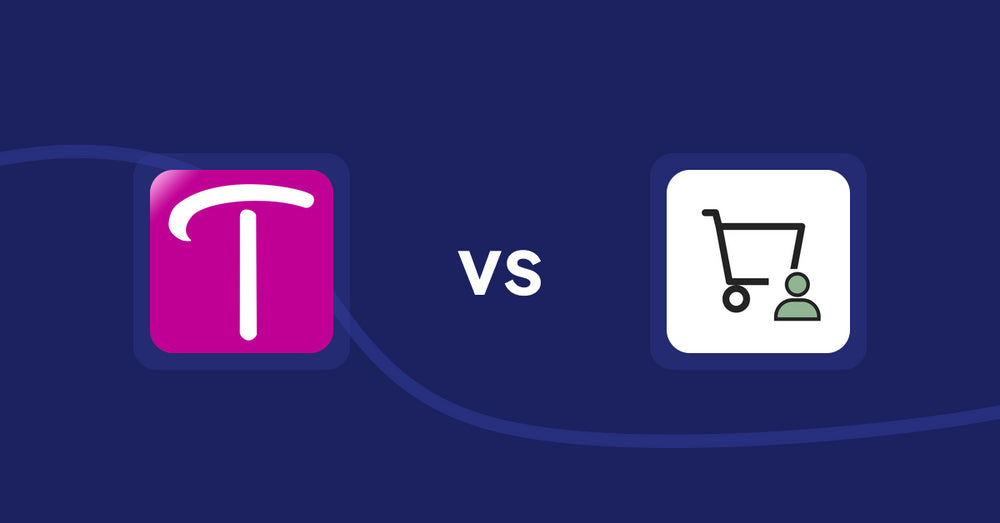
Shopify Product Display Apps: WS Transparency vs シンプル会員注文割引|お手軽ログインセール設定
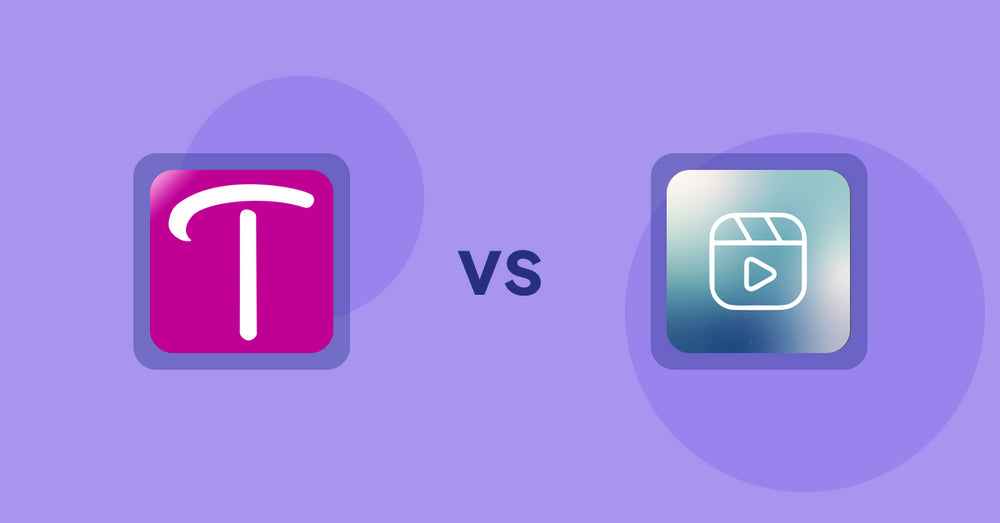
Shopify Product Display Apps: WS Transparency vs Reelify ‑ Shoppable Reel Video
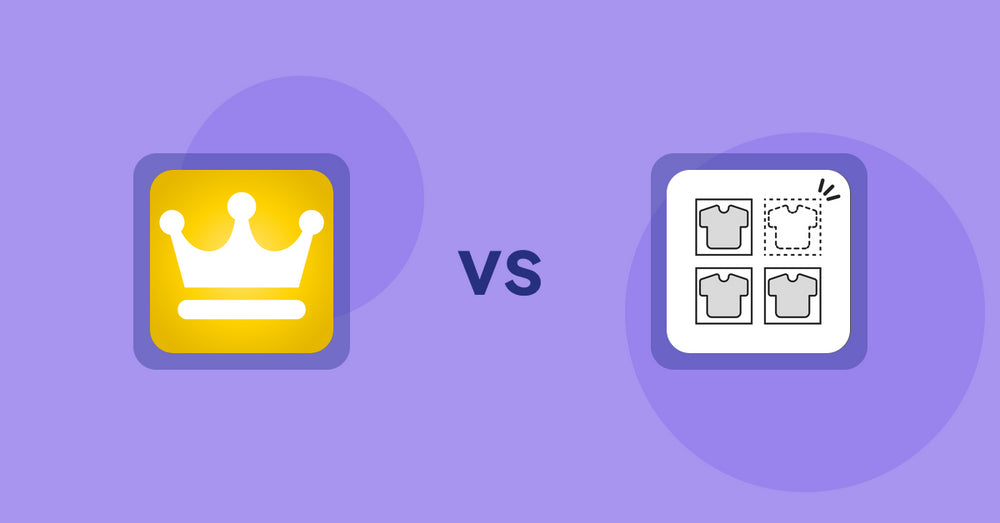
Shopify Product Display Apps: Awesome Ranking vs シンプル売り切れ非表示|在庫切れ商品の表示変更
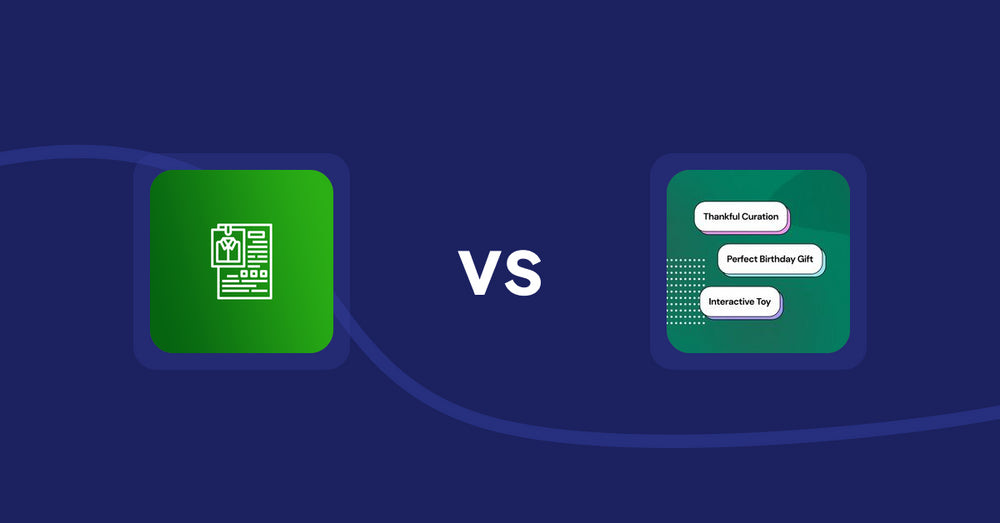
Shopify Product Display Apps: OC Product Size Chart vs FeatureFrame ‑ Pretty Product
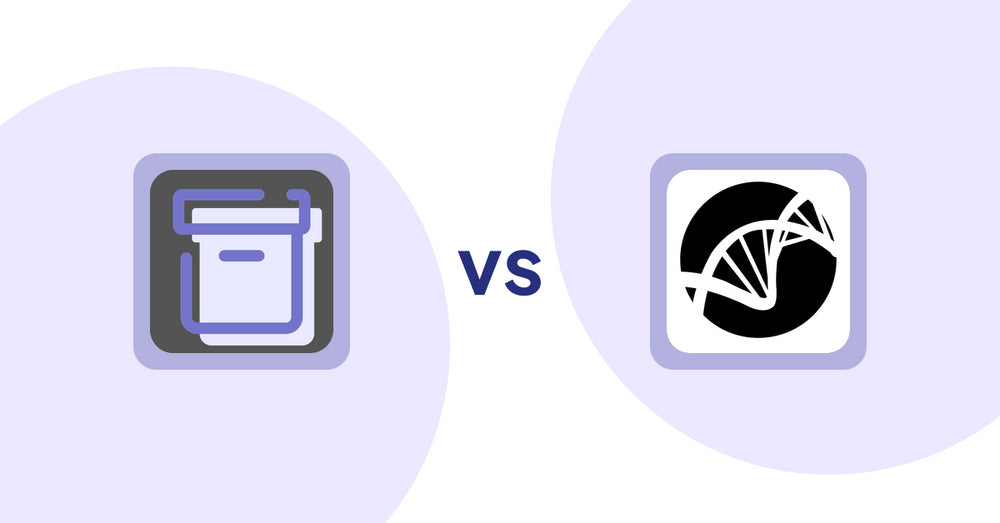
Shopify Product Display Apps: Shelfify vs Bike Matrix
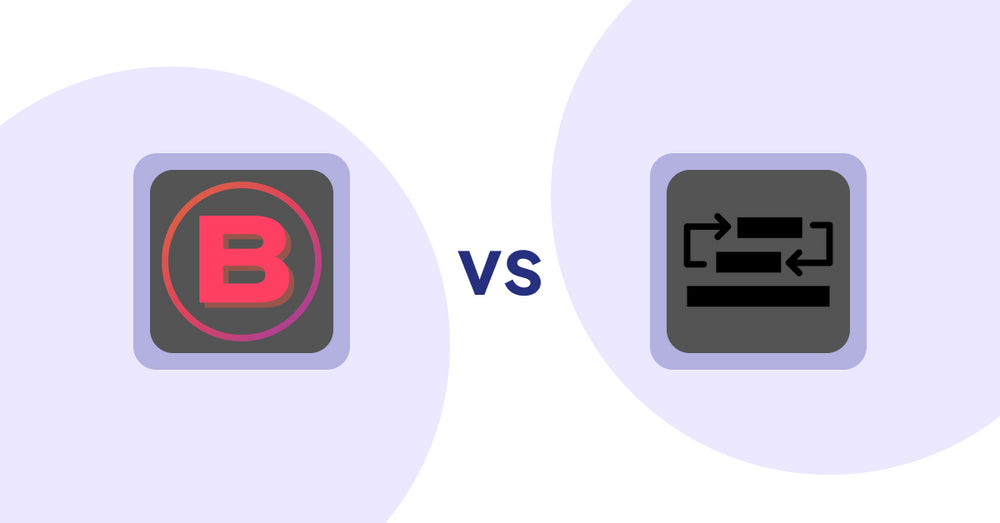
Shopify Product Display Apps: Banter Stories vs Sortyfi Collection Merchandise
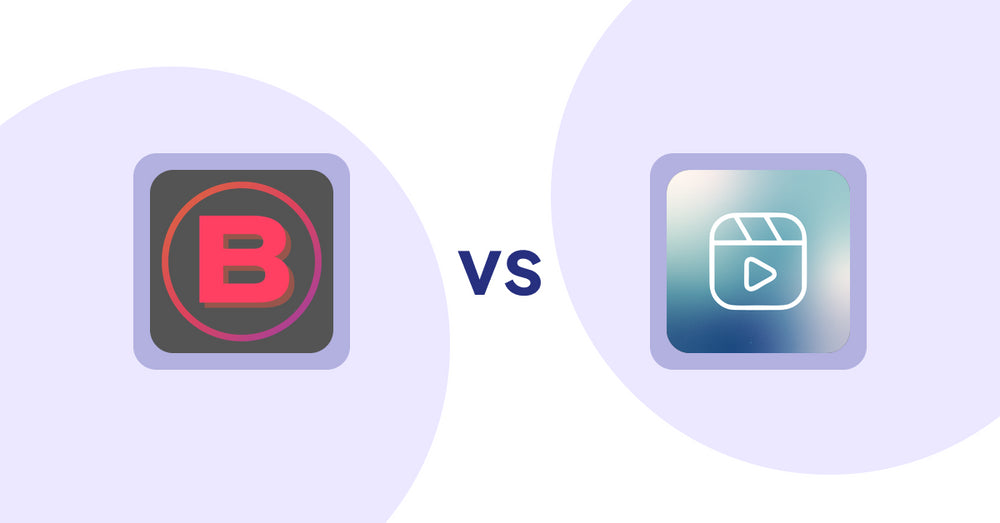
Shopify Product Display Apps: Banter Stories vs. Reelify ‑ Shoppable Reel Video
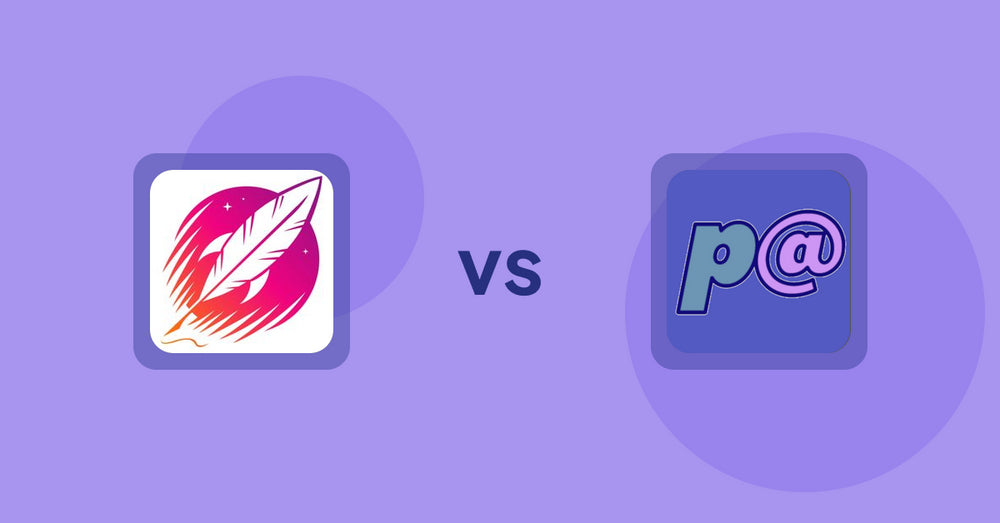
Shopify Product Display Apps: Wordsmith: Content Generator vs Parameterizer

Shopify Product Display Apps: Wordsmith: Content Generator vs Reelify ‑ Shoppable Reel Video
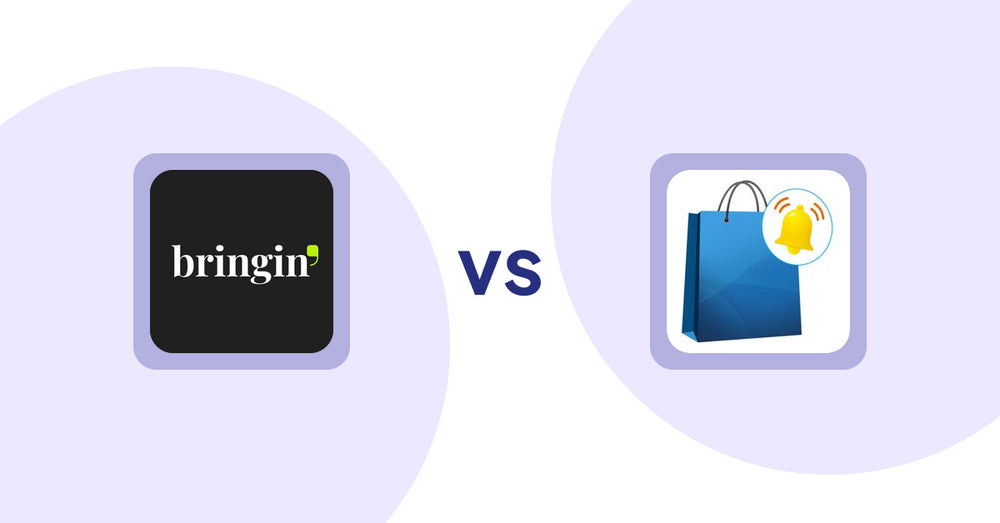
Shopify Product Display Apps: Bringin vs CartBar ‑ Product Purchase Bar
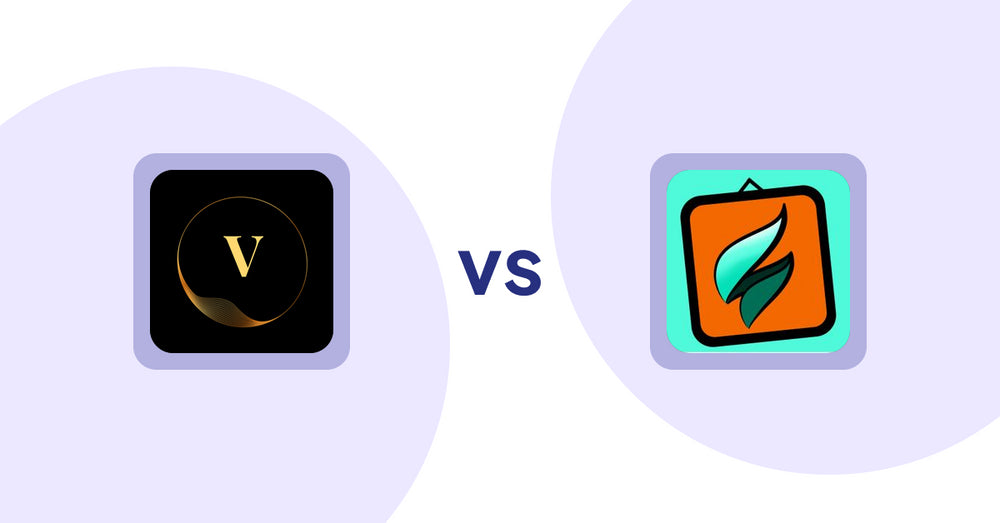
Shopify Product Display Apps: ProductTube vs SMART ‑ Art Product Builder
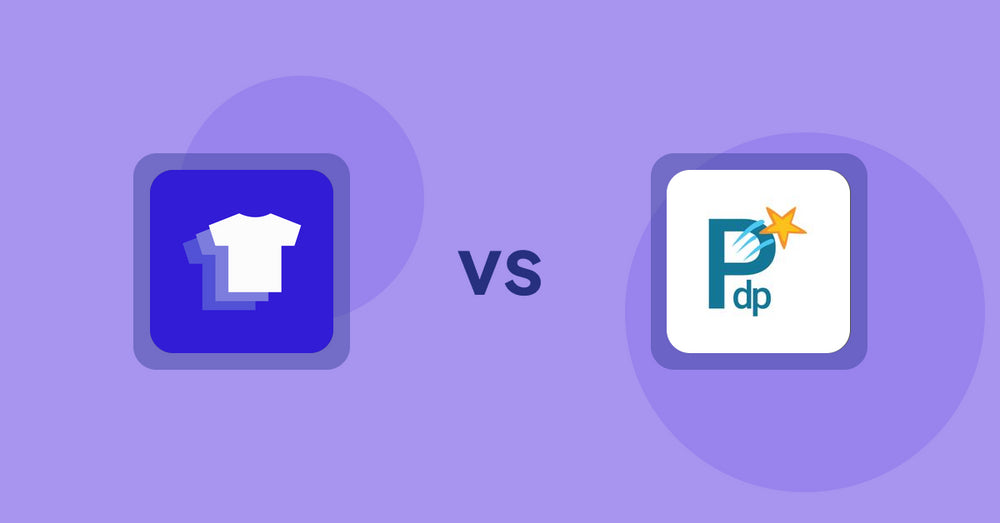
Shopify Product Display Apps: Xpander vs PDP Star
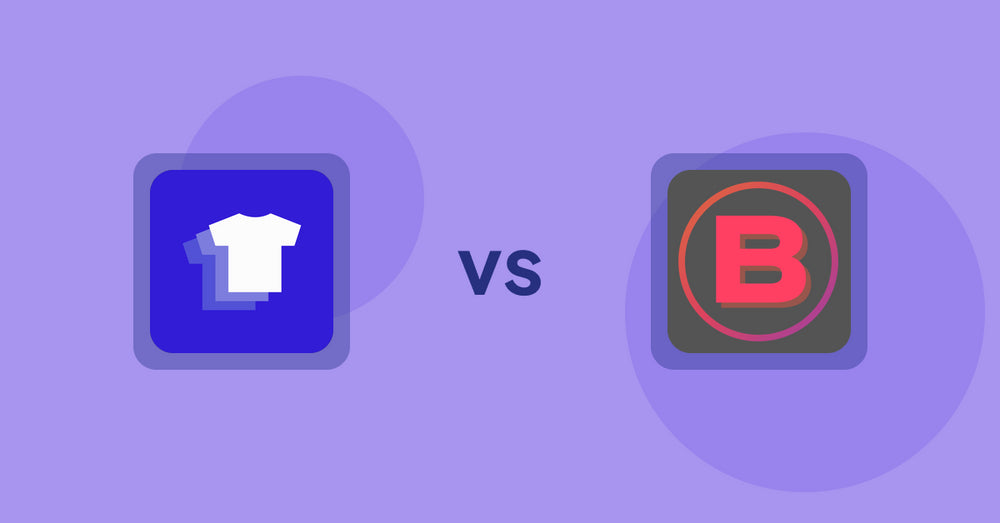
Shopify Product Display Apps: Xpander vs Banter Stories
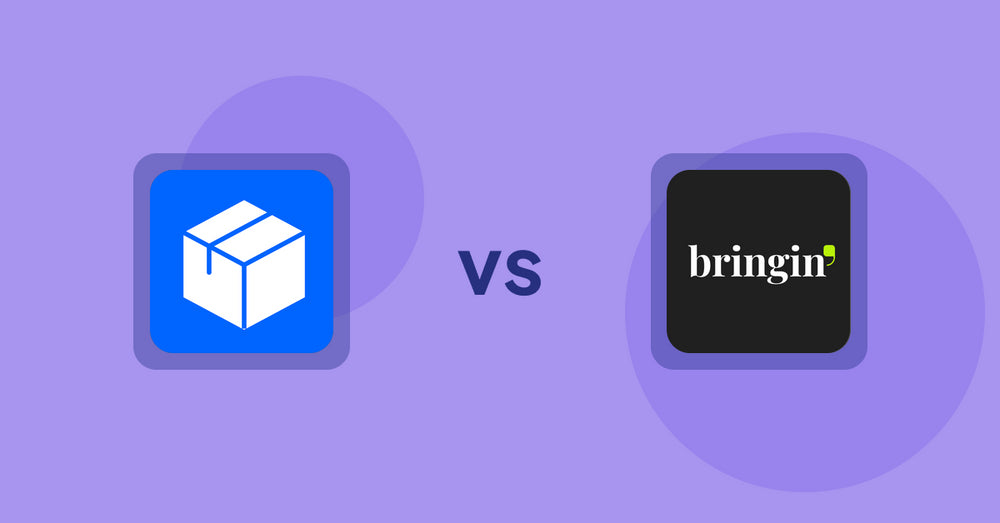
Shopify Product Display Apps: Wonderful Widgets vs Bringin
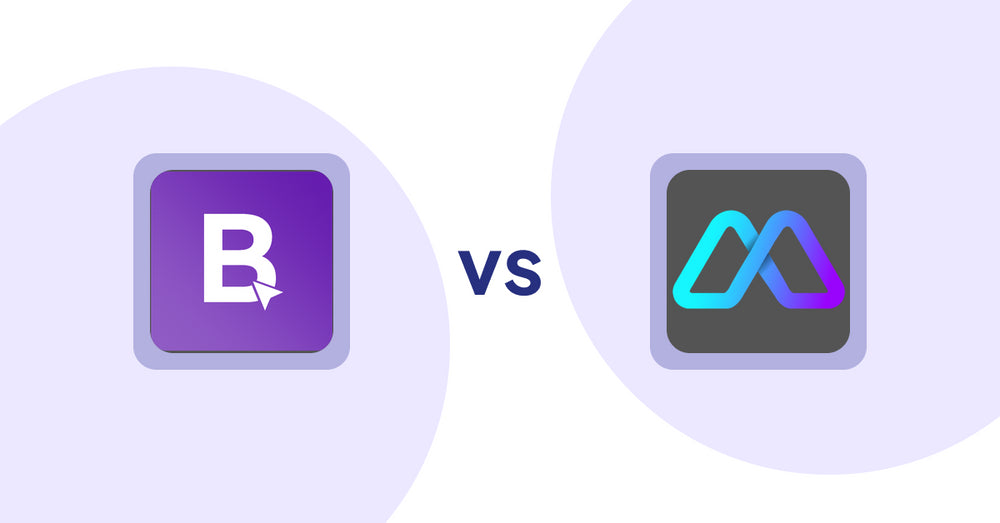
Shopify Product Display Apps: BookE - Rent Property & Service vs Metadrob: Create Virtual Store
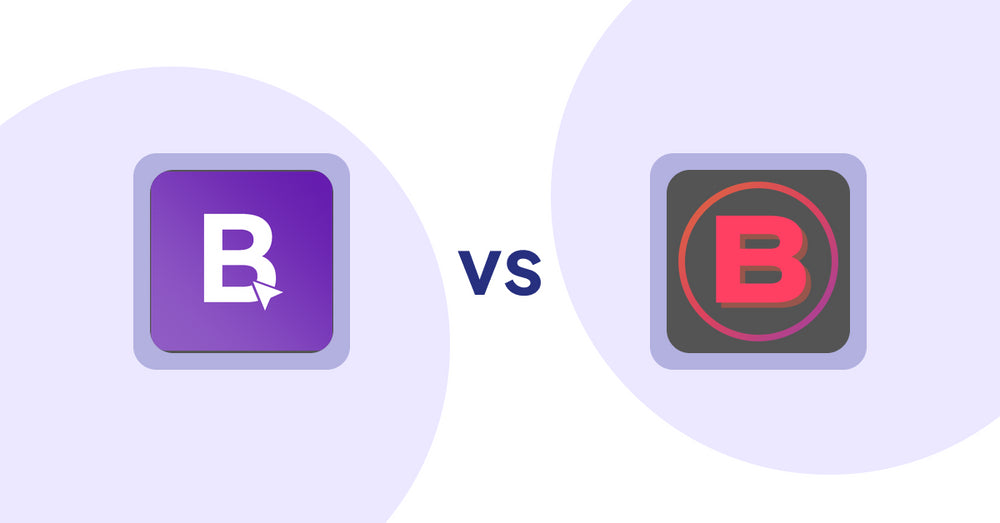
Shopify Product Display Apps: BookE ‑Rent Property & Service vs. Banter Stories
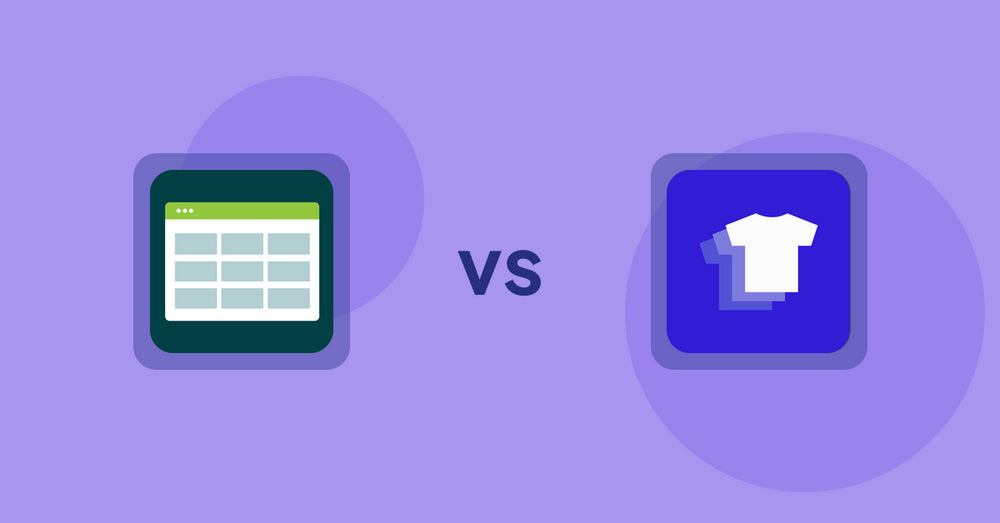
Shopify Product Display Apps: Product Table vs. Xpander
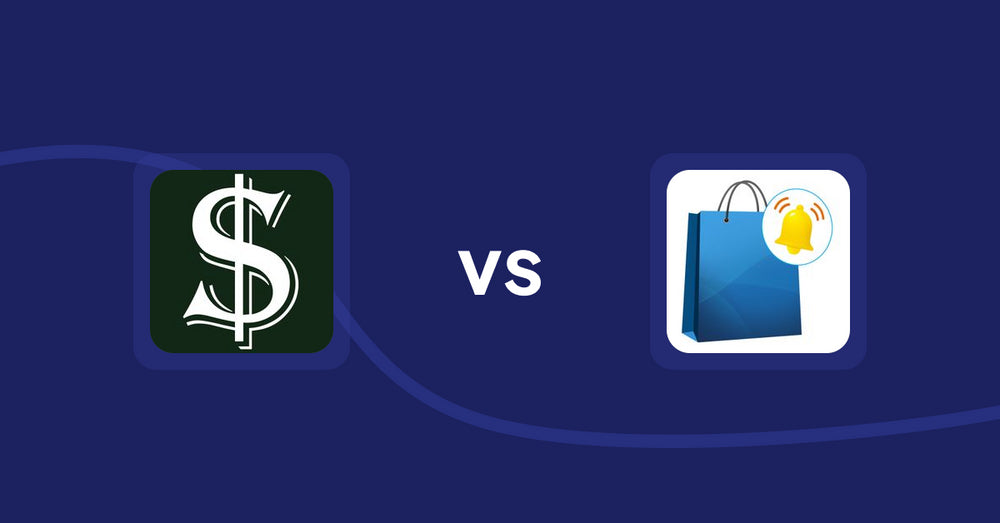
Shopify Product Display Apps: Selling Fast vs CartBar ‑ Product Purchase Bar
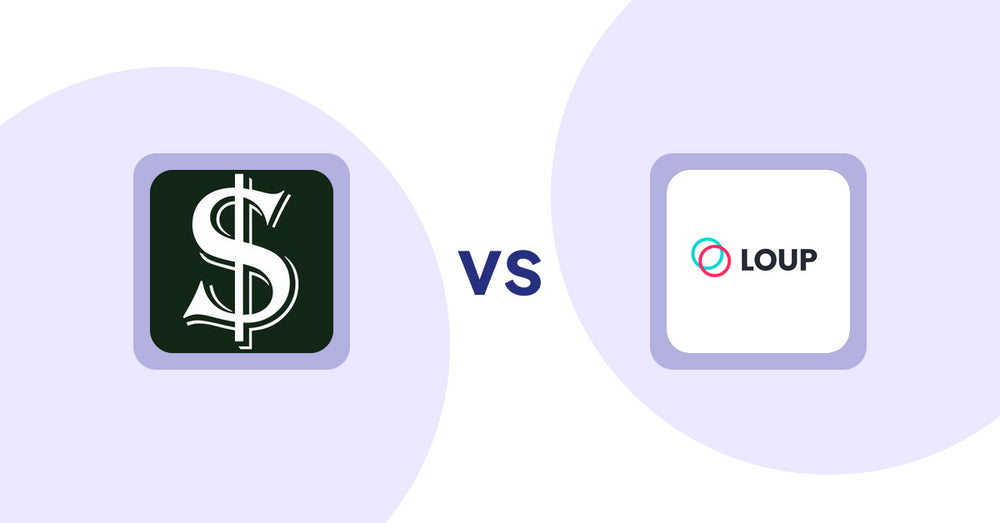
Shopify Product Display Apps: Selling Fast vs. Loup: Sell on Instagram
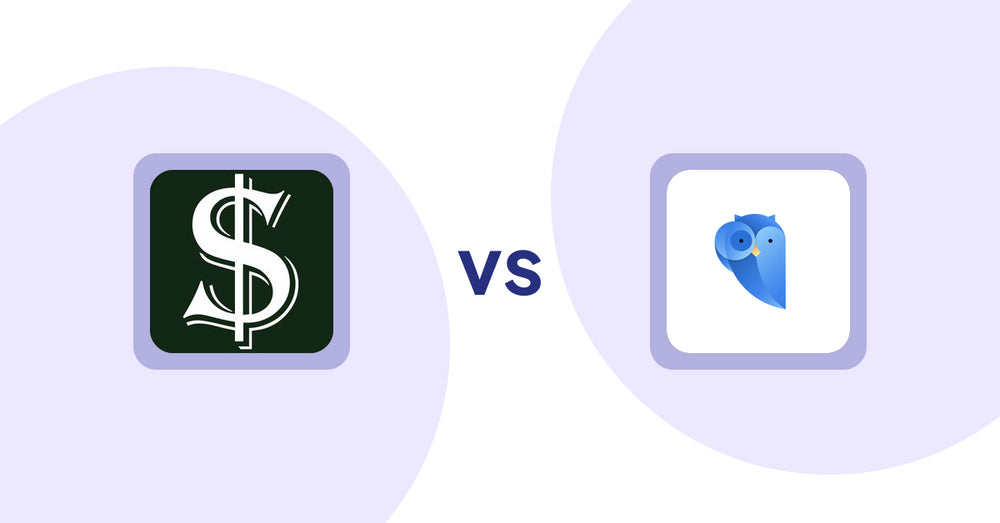
Shopify Product Display Apps: Selling Fast vs. Findify Search & Merchandise
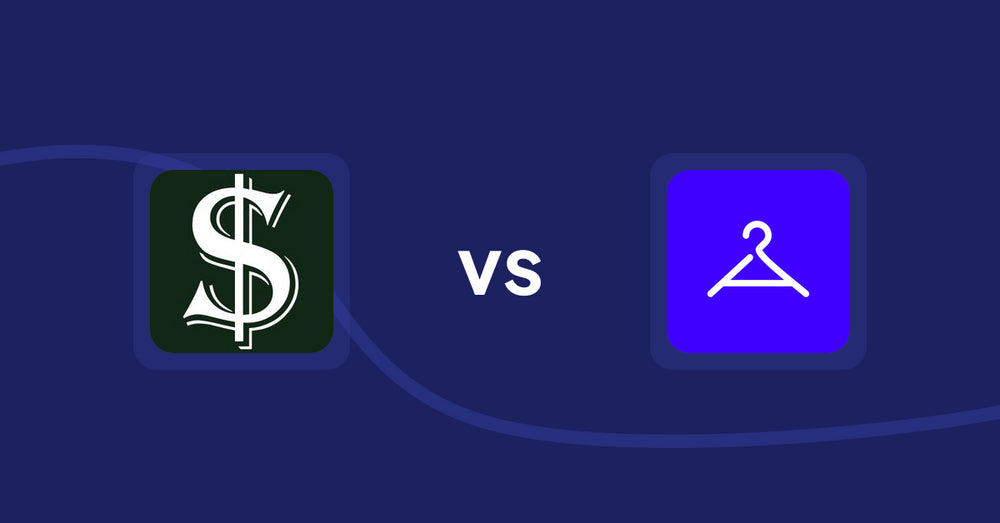
Shopify Product Display Apps: Selling Fast vs. Aiuta
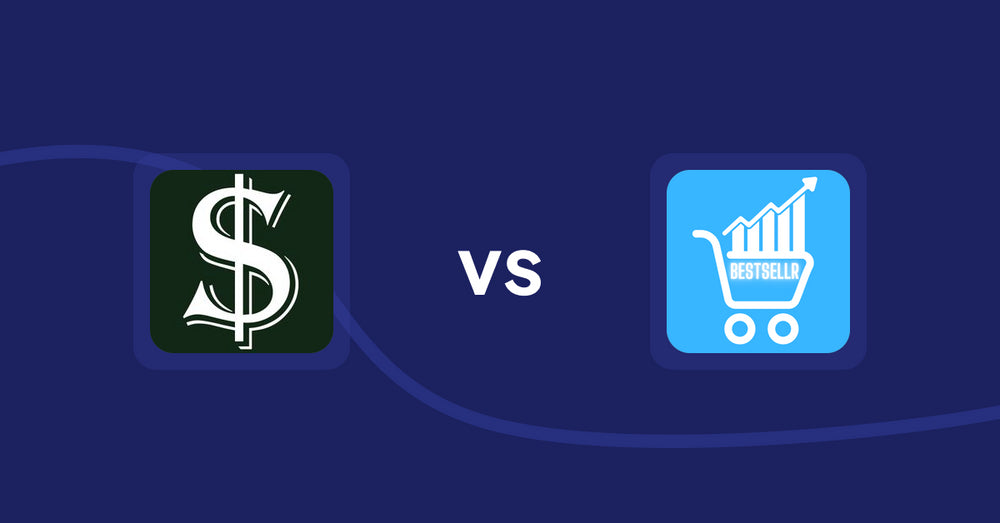
Shopify Product Display Apps: Selling Fast vs Bestsellr
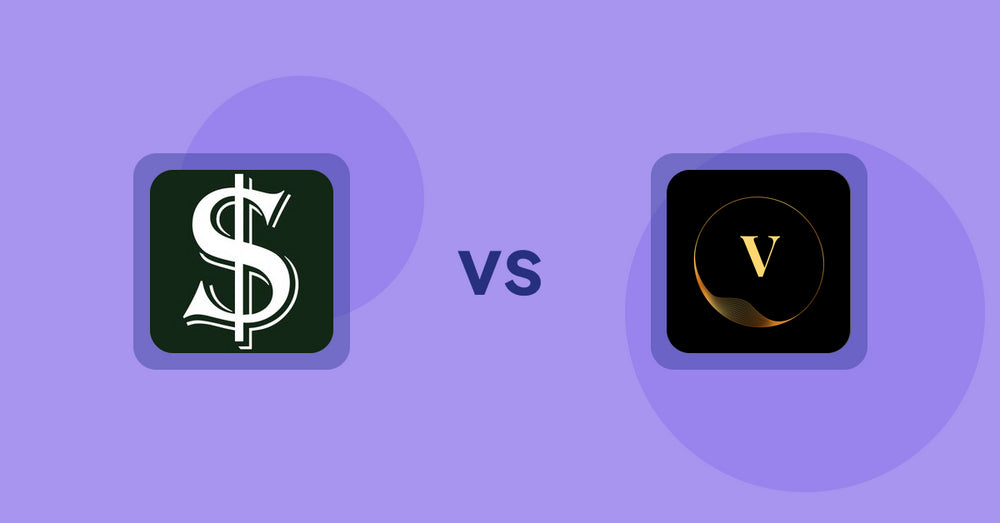
Shopify Product Display Apps: Selling Fast vs ProductTube
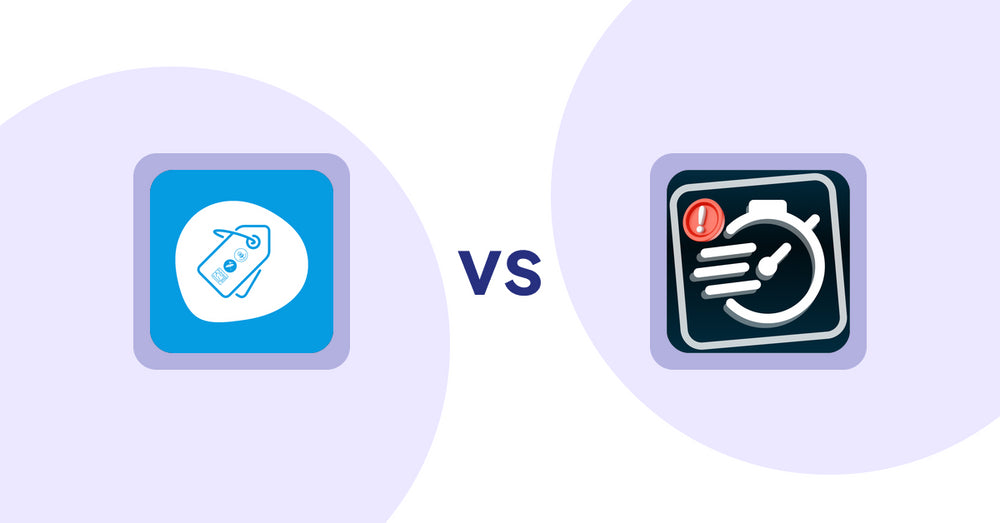
Shopify Product Display Apps: Extendons Product Tag Images vs Urgency! Low Stock Counter
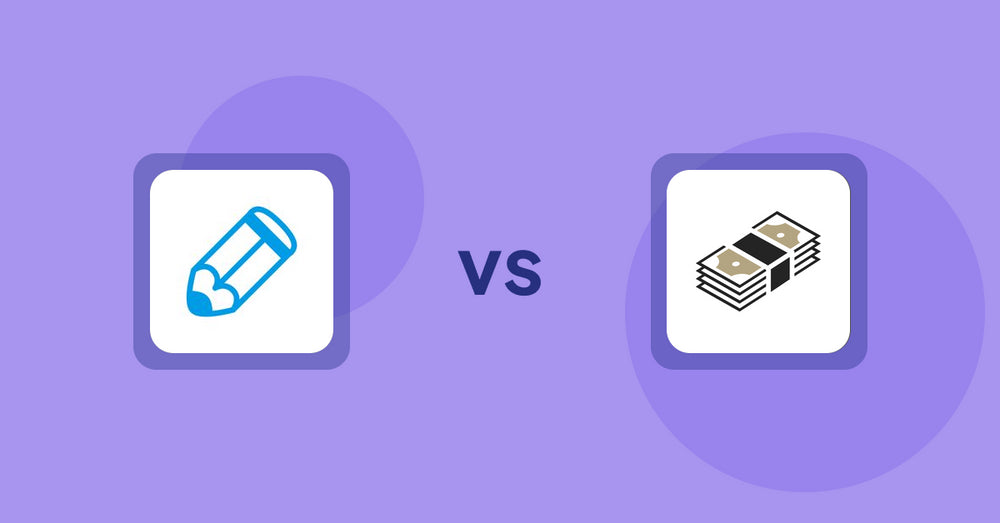
Shopify Product Display Apps: Writer Sofia vs シンプルクラウドファンディング|お手軽自社クラファン
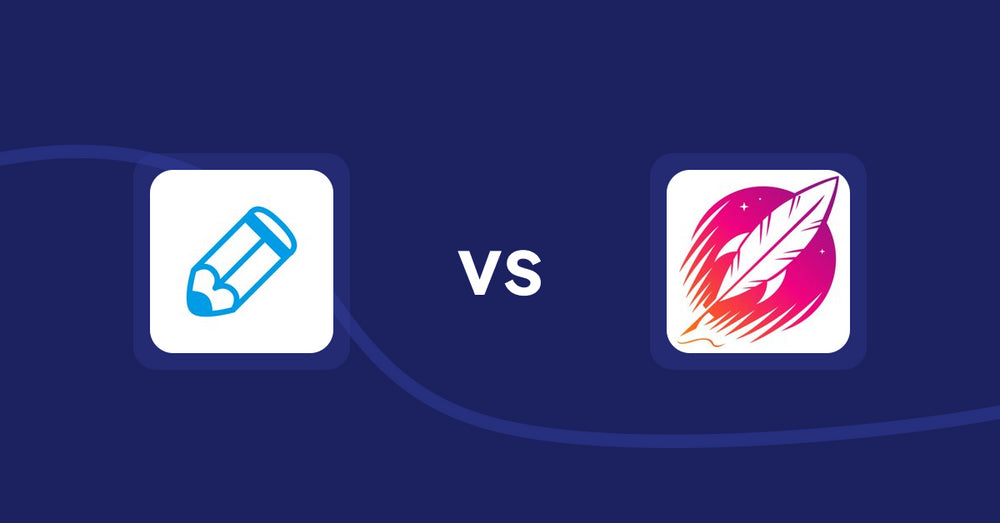
Shopify Product Display Apps: Writer Sofia vs Wordsmith: Content Generator
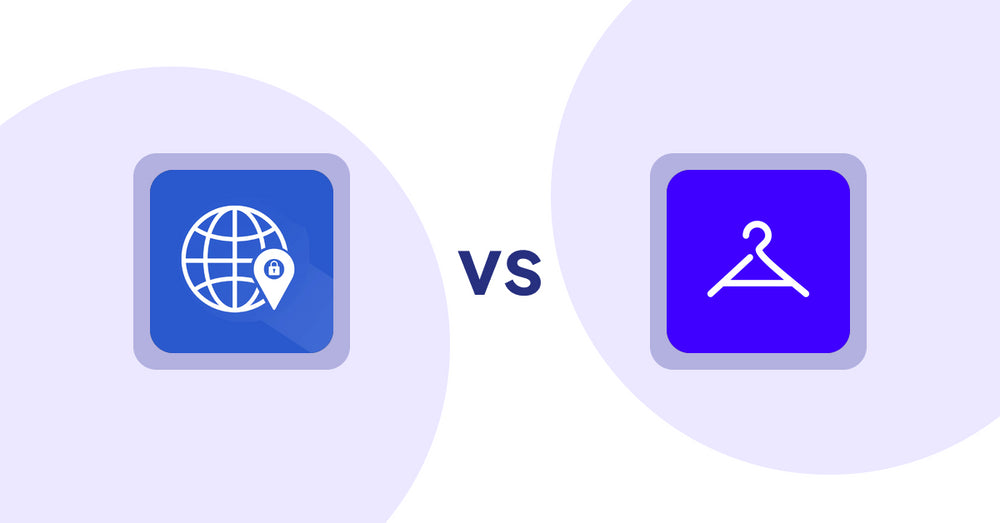
Shopify Product Display Apps: Addify ‑ Country Restrictions vs Aiuta
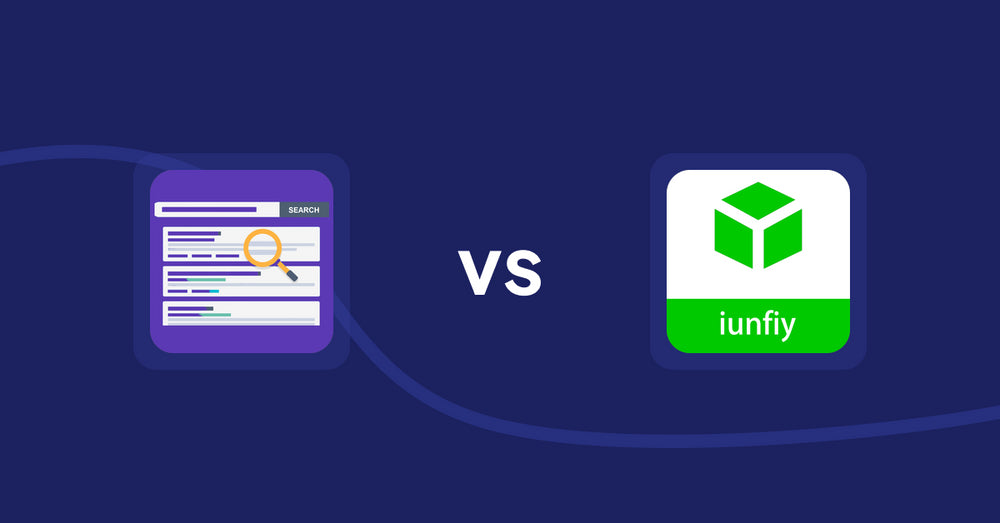
Shopify Product Display Apps: Spark AI Products Description vs iunfiy • Related Products
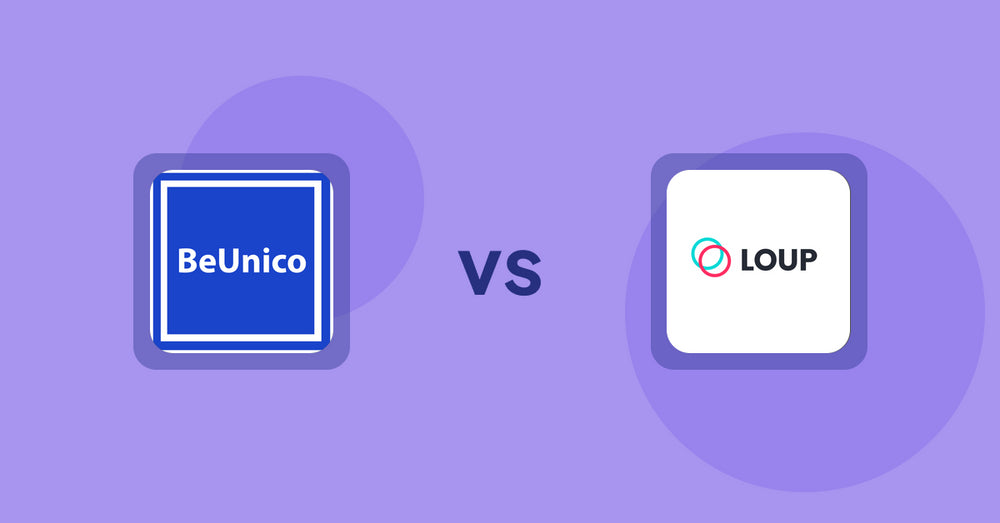
Shopify Product Display Apps: BeUnico vs Loup: Sell on Instagram
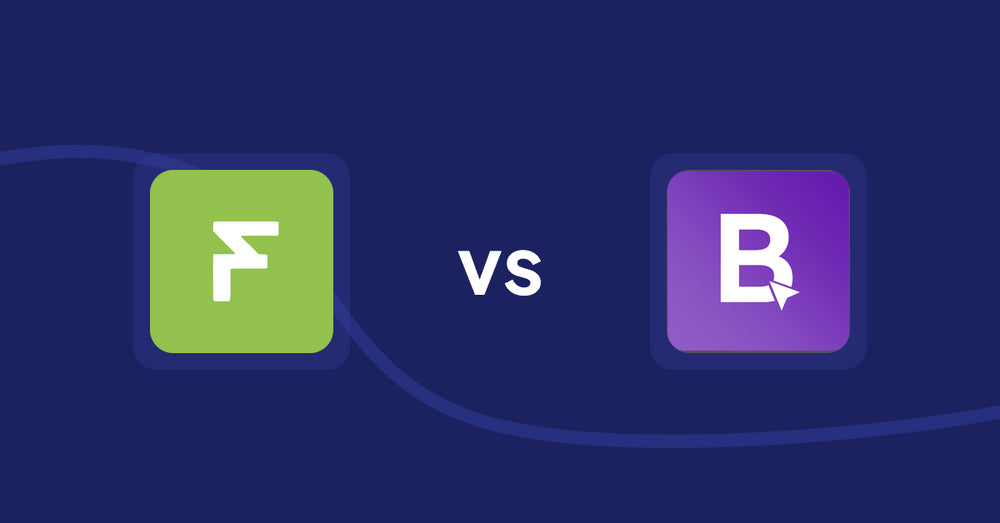
Shopify Product Display Apps: Easy Estimate Shipping vs BookE ‑Rent Property & Service
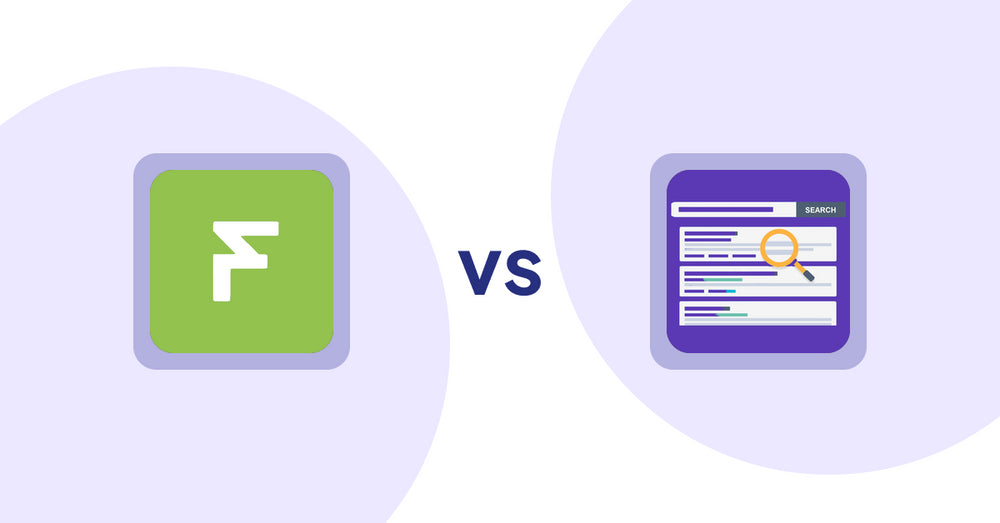
Shopify Product Display Apps: Easy Estimate Shipping vs. Spark AI Products Description
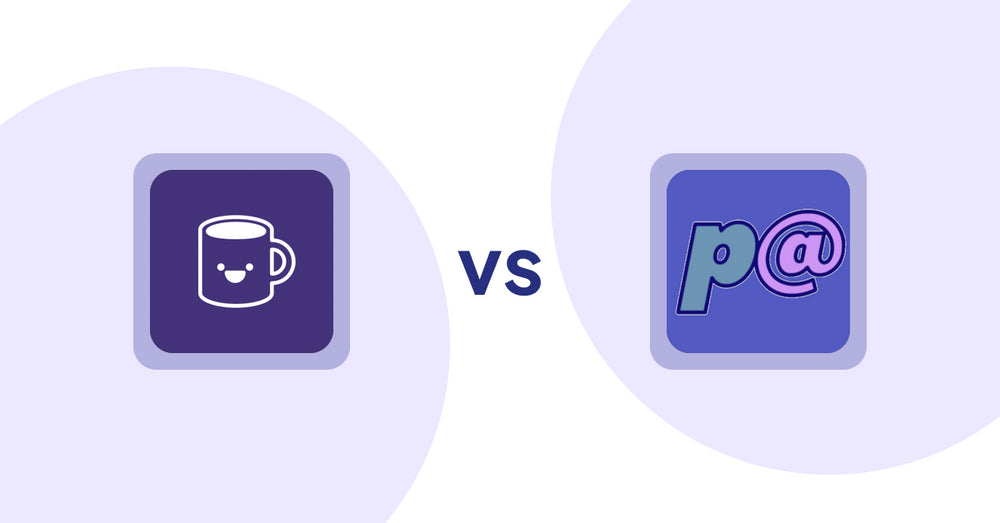
Shopify Product Display Apps: Mugshot Bot vs Parameterizer
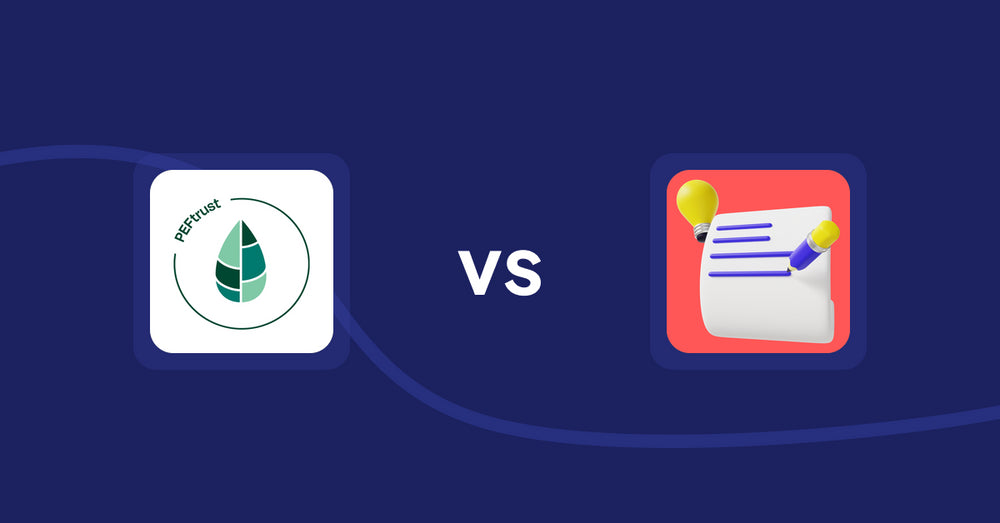
Shopify Product Display Apps: Peftrust vs. Wordo ‑ ChatGPT AI Description

Shopify Product Display Apps: Quick Product Navigator Slide vs Reelify ‑ Shoppable Reel Video
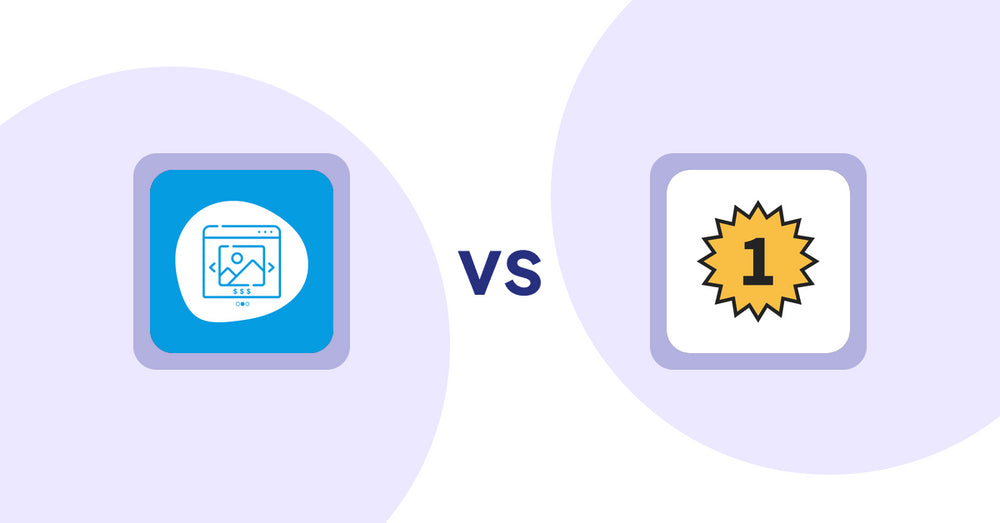
Shopify Product Display Apps: Quick Product Navigator Slide vs. UR: Smart Ranking
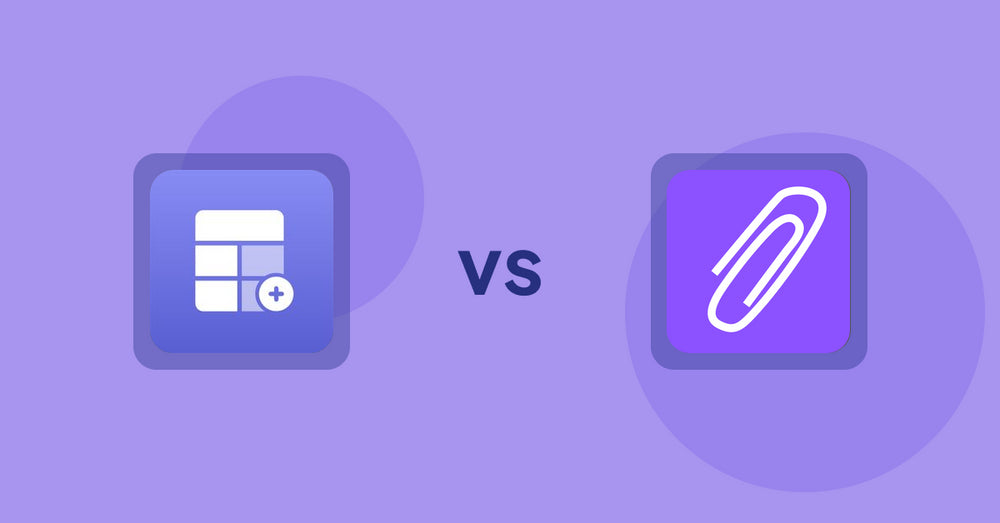
Shopify Product Display Apps: Eazy Specification Tags Table vs Agile Attachments
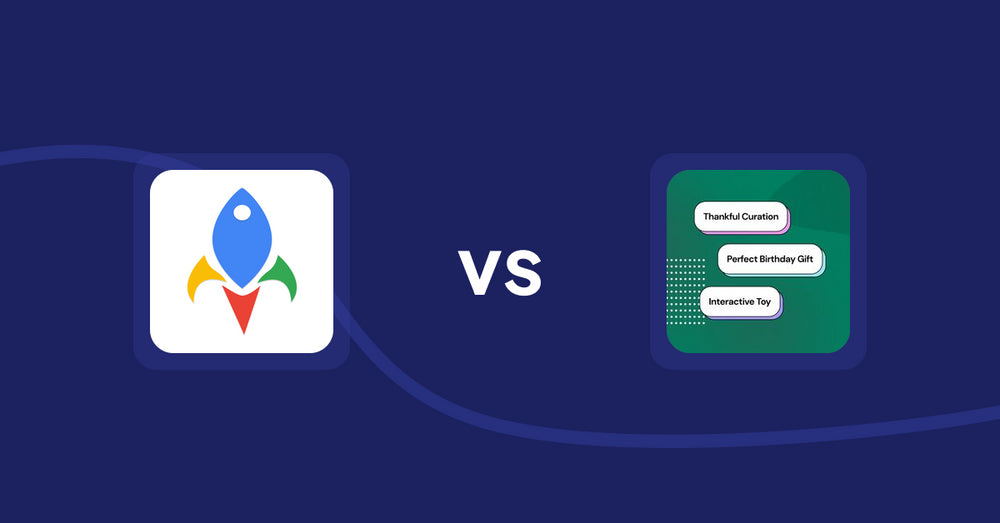
Shopify Product Display Apps: Jedi Back In Stock Admin Alert vs FeatureFrame ‑ Pretty Product
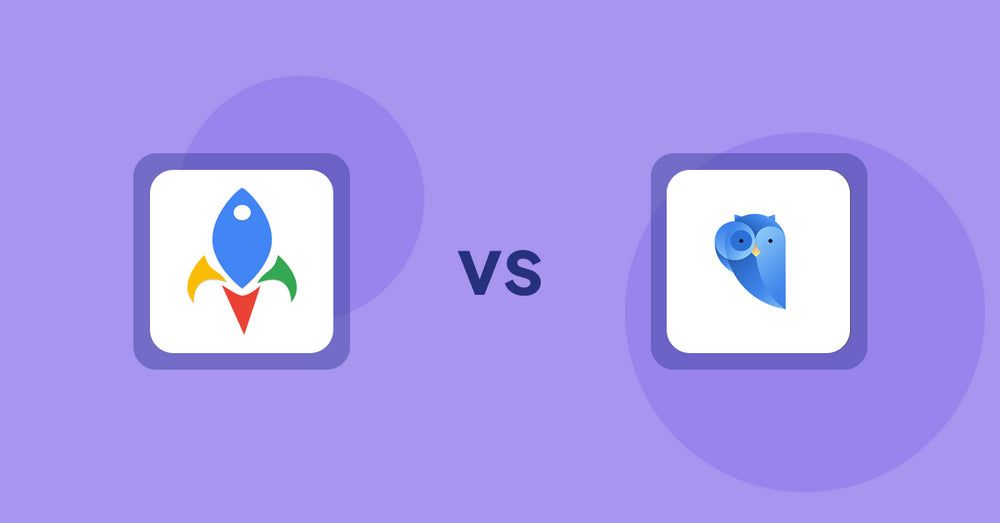
Shopify Product Display Apps: Jedi Back In Stock Admin Alert vs. Findify Search & Merchandise
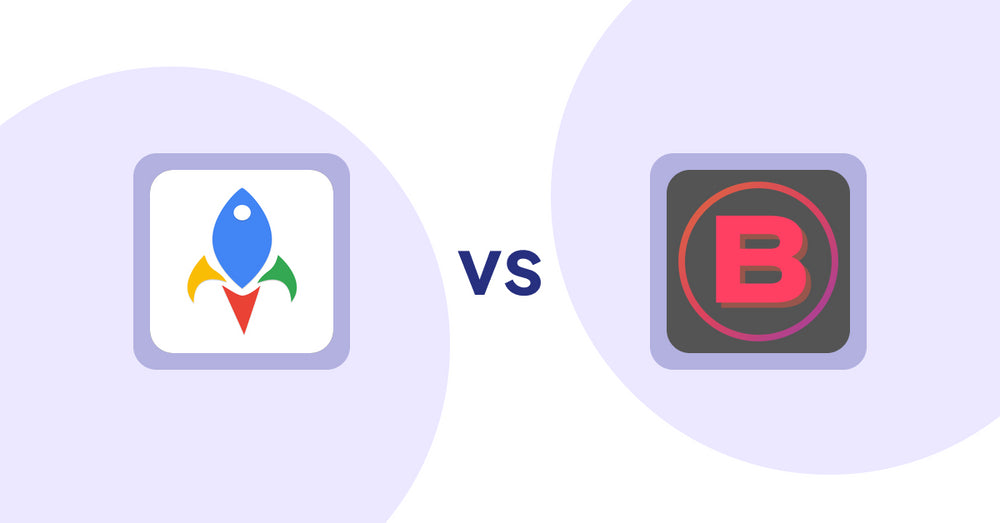
Shopify Product Display Apps: Jedi Back In Stock Admin Alert vs Banter Stories
